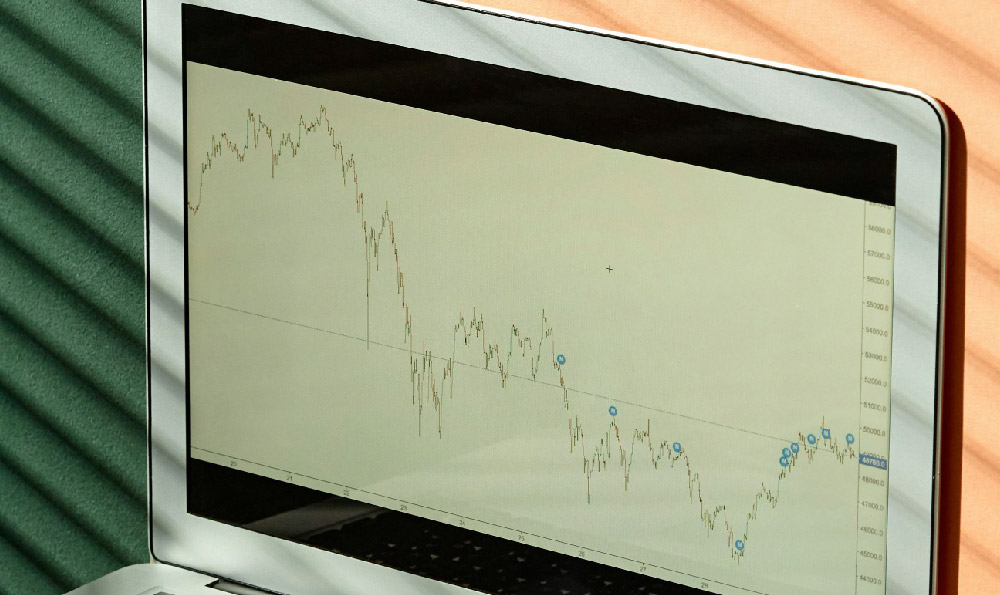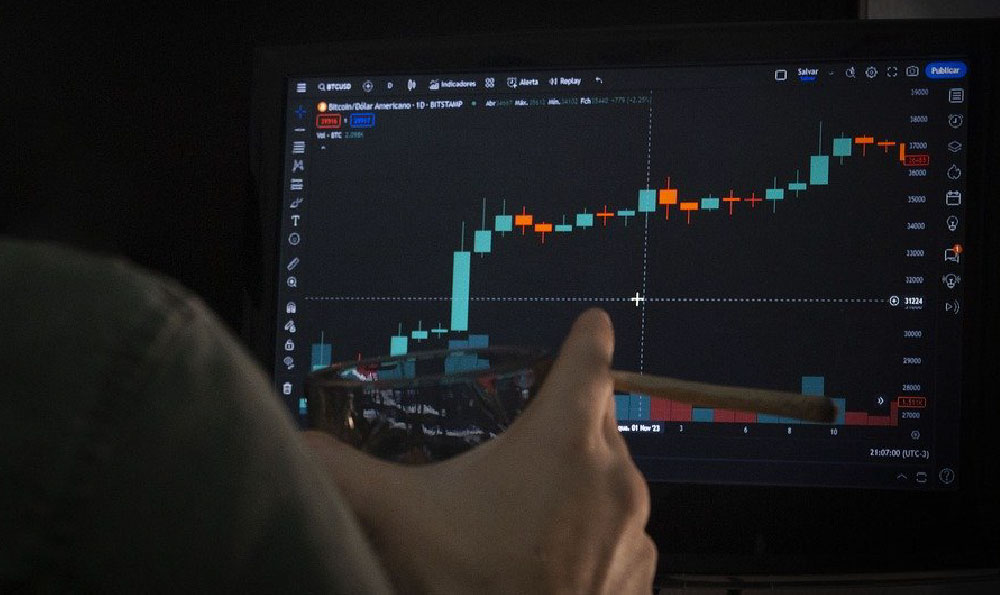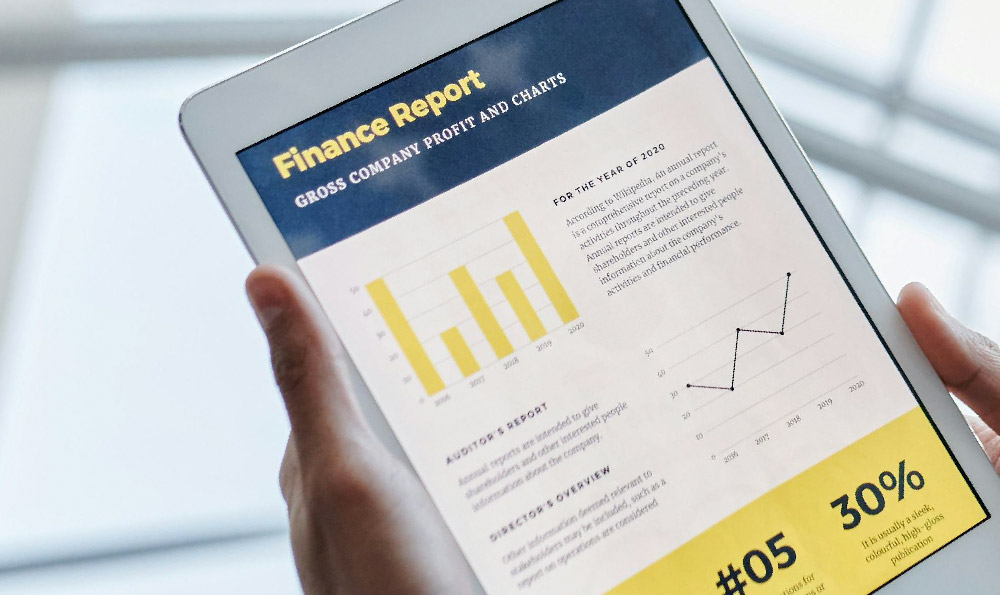Okay, I understand. Here’s an article addressing how Robinhood generates revenue and its various income streams, fulfilling your specifications:
Robinhood, the commission-free trading app that disrupted the brokerage industry, has attracted millions of users with its sleek interface and accessible approach to investing. But the absence of traditional commission fees begs the question: How does Robinhood actually make money? The answer lies in a multi-faceted approach that leverages various financial mechanisms to generate revenue streams. Understanding these income sources is crucial for anyone using or considering using the platform.
Payment for order flow (PFOF) constitutes the largest single source of revenue for Robinhood. This practice involves routing customer orders to market makers, high-frequency trading firms that execute the trades. In exchange for directing this order flow to them, Robinhood receives a payment from the market maker. The premise is that these market makers benefit from the high volume of trades and the opportunity to profit from the spread between the buying and selling prices, a small margin that accumulates significantly with frequent trading activity. Critics argue that this practice creates a potential conflict of interest. Robinhood is incentivized to route orders to the market maker offering the highest payment, rather than necessarily to the market maker offering the best price execution for the customer. While Robinhood maintains that it prioritizes best execution, the incentive structure inherent in PFOF is a subject of ongoing debate and regulatory scrutiny. Transparency regarding the specifics of PFOF arrangements is vital for users to understand how their trades are being handled and whether they are truly receiving the most favorable pricing.

Another significant revenue stream for Robinhood comes from securities lending. This involves lending out fully paid stocks held by its customers to other financial institutions, typically hedge funds or other brokerages. These institutions borrow the shares for various purposes, such as short selling or hedging. Robinhood earns a fee for lending out these shares, and the lender (Robinhood) retains ownership and the right to recall the shares at any time. While this practice can be lucrative, it also carries risks. If the borrower defaults, Robinhood needs to recover the lent securities. Robinhood mitigates this risk through collateralization and monitoring the borrower's financial health, requiring borrowers to provide collateral that exceeds the value of the lent securities. Securities lending, however, can impact the availability of certain securities, especially during periods of high short selling activity, potentially affecting market liquidity. Users should be aware that their shares might be used for securities lending purposes and understand the associated risks.
Robinhood also generates revenue from interest income. The platform holds significant amounts of uninvested cash balances from its users. This cash is deposited in interest-bearing accounts, allowing Robinhood to earn interest income. Even small interest rates on substantial sums of cash can generate significant revenue. This income stream is sensitive to changes in prevailing interest rates; higher interest rates translate to greater earnings for Robinhood. The Federal Reserve's monetary policy decisions directly influence Robinhood's interest income. Furthermore, Robinhood offers a cash management account that functions similar to a traditional checking account. Deposits in these accounts also contribute to Robinhood’s overall interest income.
Margin lending represents another important revenue source. Robinhood offers margin accounts that allow users to borrow money from Robinhood to purchase securities. This leverages their investment, increasing potential profits but also increasing potential losses. Robinhood charges interest on these margin loans. The interest rates vary based on the amount borrowed and the prevailing market conditions. Margin lending is inherently risky and unsuitable for inexperienced investors. Investors can lose more than their initial investment when trading on margin. Robinhood provides risk disclosures and educational materials related to margin trading, but users bear the ultimate responsibility for understanding and managing the risks involved. The revenue generated from margin lending is directly tied to the volume of margin loans outstanding and the interest rates charged, making it a cyclical revenue stream influenced by market volatility and investor sentiment.
Robinhood Gold, a premium subscription service, also contributes to the company's revenue. This service provides users with benefits such as larger instant deposits, higher margin limits, and access to research reports from Morningstar. Subscribers pay a monthly fee for these enhanced features. While it represents a smaller proportion of overall revenue compared to PFOF and securities lending, Robinhood Gold is a recurring revenue stream and enhances user engagement. The value proposition of Robinhood Gold depends on the individual user's trading frequency, investment strategy, and need for advanced features. The success of Robinhood Gold hinges on the platform's ability to continuously add compelling features that justify the subscription fee.
Finally, while less prominent, Robinhood can generate revenue from ancillary services. This can include fees related to specific account transfers, paper statements, or other administrative services. These fees are relatively small compared to other revenue streams but contribute to overall profitability. The continued success of Robinhood relies on its ability to attract and retain users while adapting its revenue model to changing market conditions and regulatory landscapes. The reliance on payment for order flow has been a source of controversy, and potential regulatory changes could significantly impact its profitability. Diversifying revenue streams and emphasizing transparency will be crucial for Robinhood’s long-term sustainability. The platform's ability to innovate and provide value to its users will ultimately determine its success in a competitive brokerage environment.












